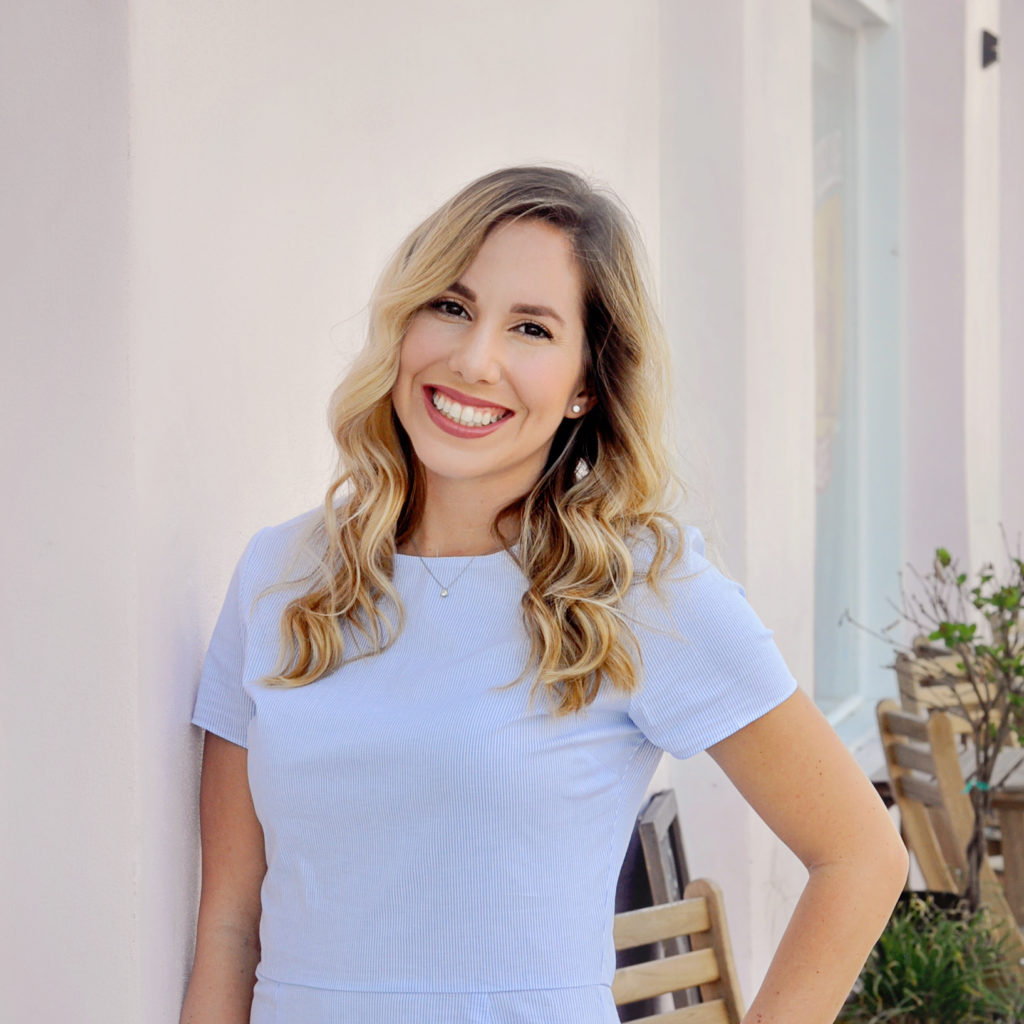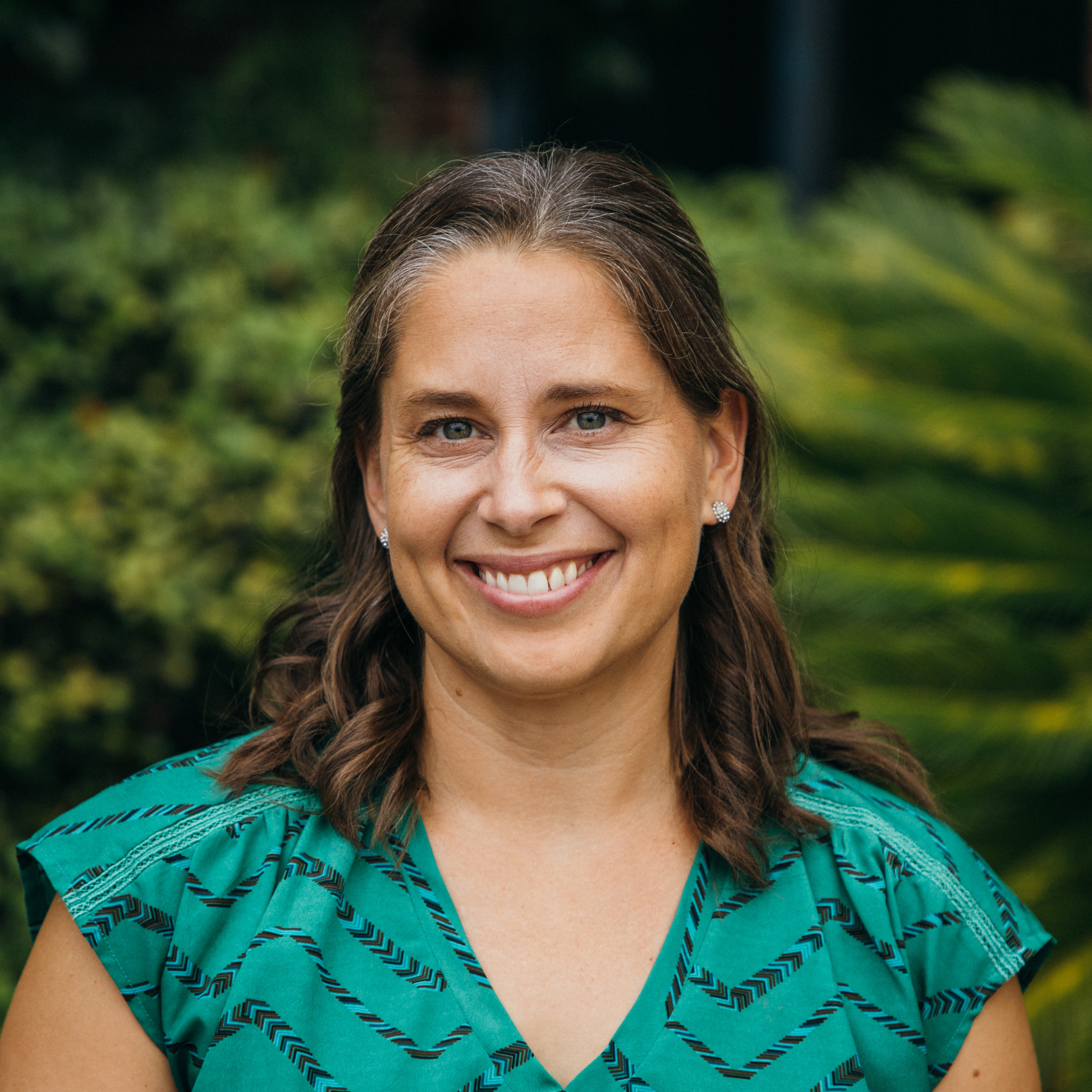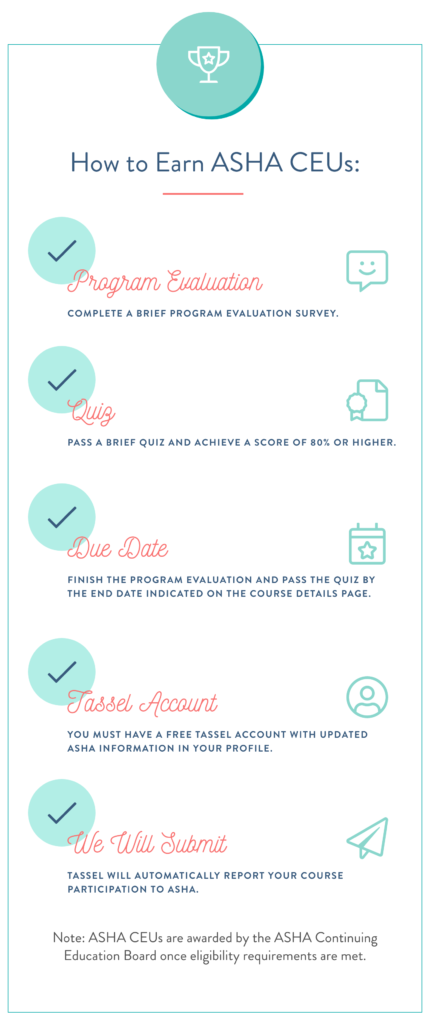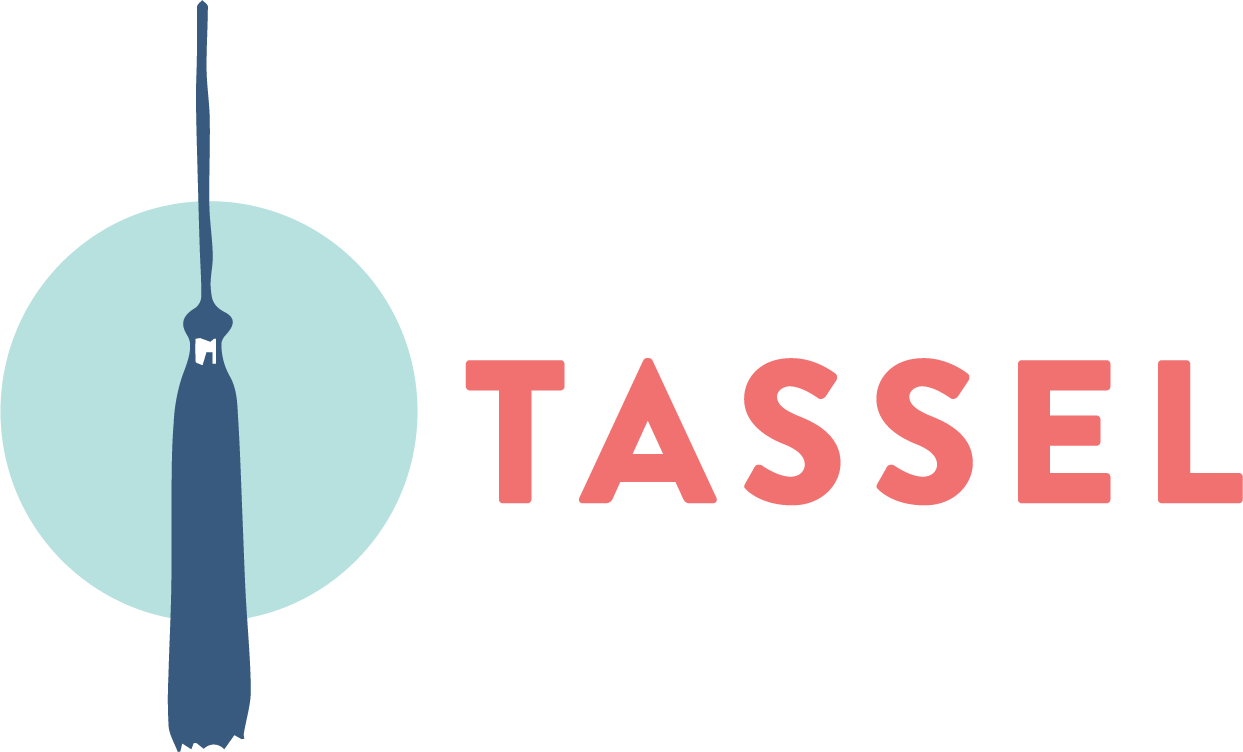Course Number: ABIO2520
When: Available November 24, 2025 – November 24, 2030
Where: Audio available once you register under “Course Content” at the bottom of this page.
Description: This session discusses important factors in supporting social interaction and friendship for individuals who use augmentative and alternative (AAC) systems, as well as supporting children with complex communication needs and autism.
Who This Course Is Good For:
- Any ASHA member, CCC holder, or other professional that is licensed or credentialed to practice speech-language pathology (SLP) or audiology or preparing to earn ASHA CEUs.
- A professional who works with pediatric clients that have limited natural speech.
- A professional who works with pediatric clients that use augmentative and alternative communication (AAC) systems or may be good candidates for AAC.
- A speech-language pathologist (SLP) who wants to help improve the social interactions with clients who use AAC and their peers.
Who This Course Isn’t Good For:
- Any professional who is not familiar with the terms augmentative and alternative communication (AAC) or device modeling.
- Any professional that does not currently work with any pediatric clients or plan to in the near future.
Presenters:

Venita Litvack, M.A, CCC-SLP
Venita is an Assistive Technology (AT) Consultant in south Florida. She has a passion for using AAC, AT, and literacy to support individuals with complex communication needs, autism, and other disabilities. Venita has delivered poster presentations on several topics related to AAC at ASHA and co-presented several ASHA CEU accredited courses. Venita co-authored two articles published in ASHA Leader’s online publication, as well as the Lou Knows What to Do book series published by Boys Town Press. Recently, Venita started utilizing the power of social media to empower and motivate educators across the country through the Speechie Side Up podcast, blog, Instagram account, and YouTube channel.

Michelle Therrien, Ph.D.
Dr. Therrien’s research interest is connection building. Her current work focuses on supporting social interaction and friendship for individuals who use AAC, bringing researchers and practitioners together to support the use of evidence-based practices in schools and communities, and forming interdisciplinary collaborations to increase participation of individuals who use AAC in their communities.
Disclosure Statements
Venita Litvack has the following relevant financial relationships to disclose: ownership interest in Speechie Side Up, LLC and Tassel Learning, LLC; royalties from the Lou Knows What to Do book series. Venita is a member of the ASHA Special Interest Group 12.
Michelle Therrien has the following relevant relationships to disclose: Michelle Therrien receives a salary for research and teaching from Florida State University. She also receives an honorarium for her work as an Editorial Board Member for ASHA’s journal Language, Speech, and Hearing Services in Schools.

Learning Outcomes
As a result of this activity, participants will:
- Describe at least three factors to consider to support peer interaction for preschool children with complex communication needs and autism spectrum disorder (ASD).
- Describe at least three strategies clinicians and families can use to encourage peer interactions that develop into friendships for AAC users.
- Identify how visual scene displays can be used to support social interactions.
- Describe at least three ways that playground experiences and natural environments are important for children who use AAC.
Agenda
| 10 min | Introductions and Backgrounds |
| 13 min | Description of how to support peer interaction for preschool children with complex communication needs and ASD |
| 6 min | Discussion of how clinicians and families can encourage peer interactions to develop into friendships for the AAC user |
| 7 min | Description of how visual scene displays can be used to support social interactions |
| 9 min | Discussion of how playground experiences are important for children who use AAC and how to use their devices in their natural environment |
| 15 min | Discussion of how the use of AAC can be facilitated during these experiences of play |
Complaint Policy
To file a complaint or ask general questions about the complaint filing process, please contact our support team at info@tasseltogether.com
Refund Policy
Click here to read more about our refund policy.
Requirements

Course Content


